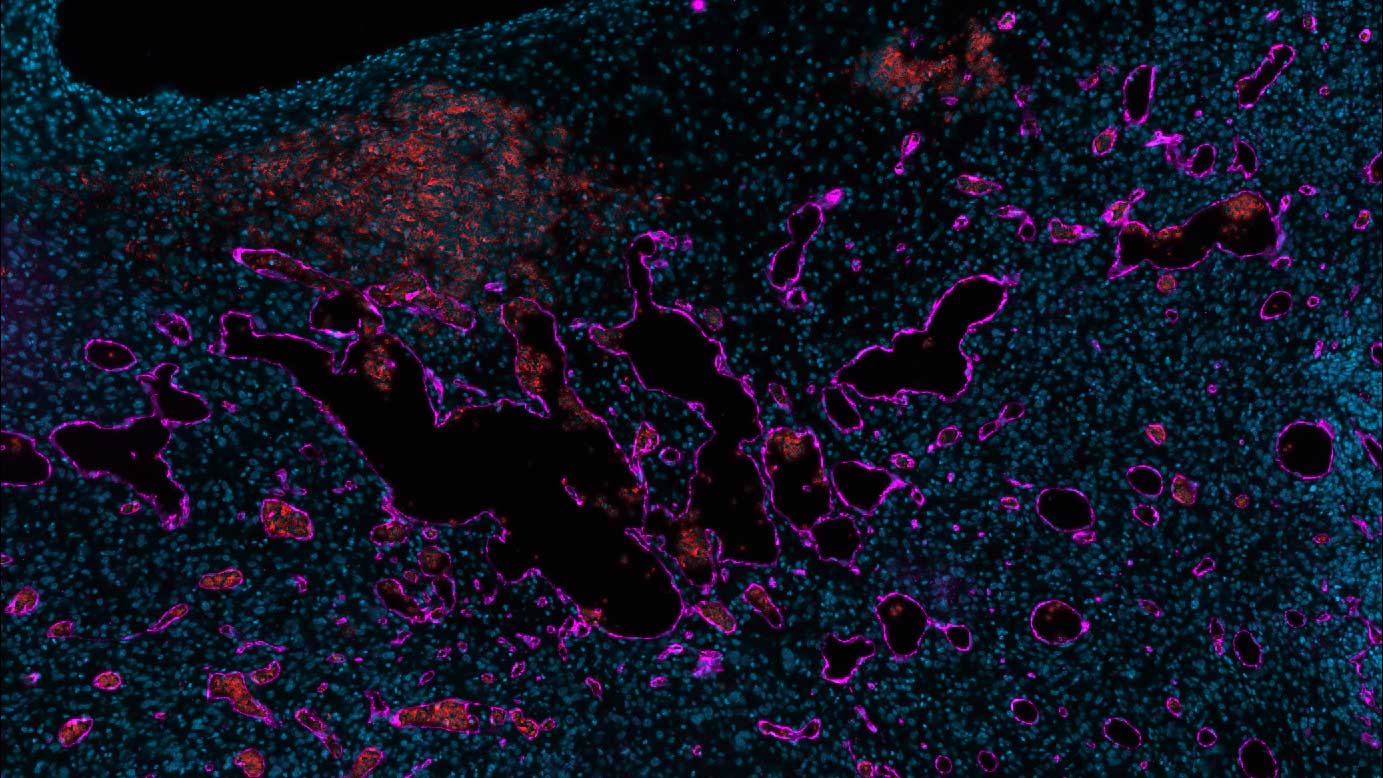Bohndiek Group
Imaging oxygen and oxidative stress
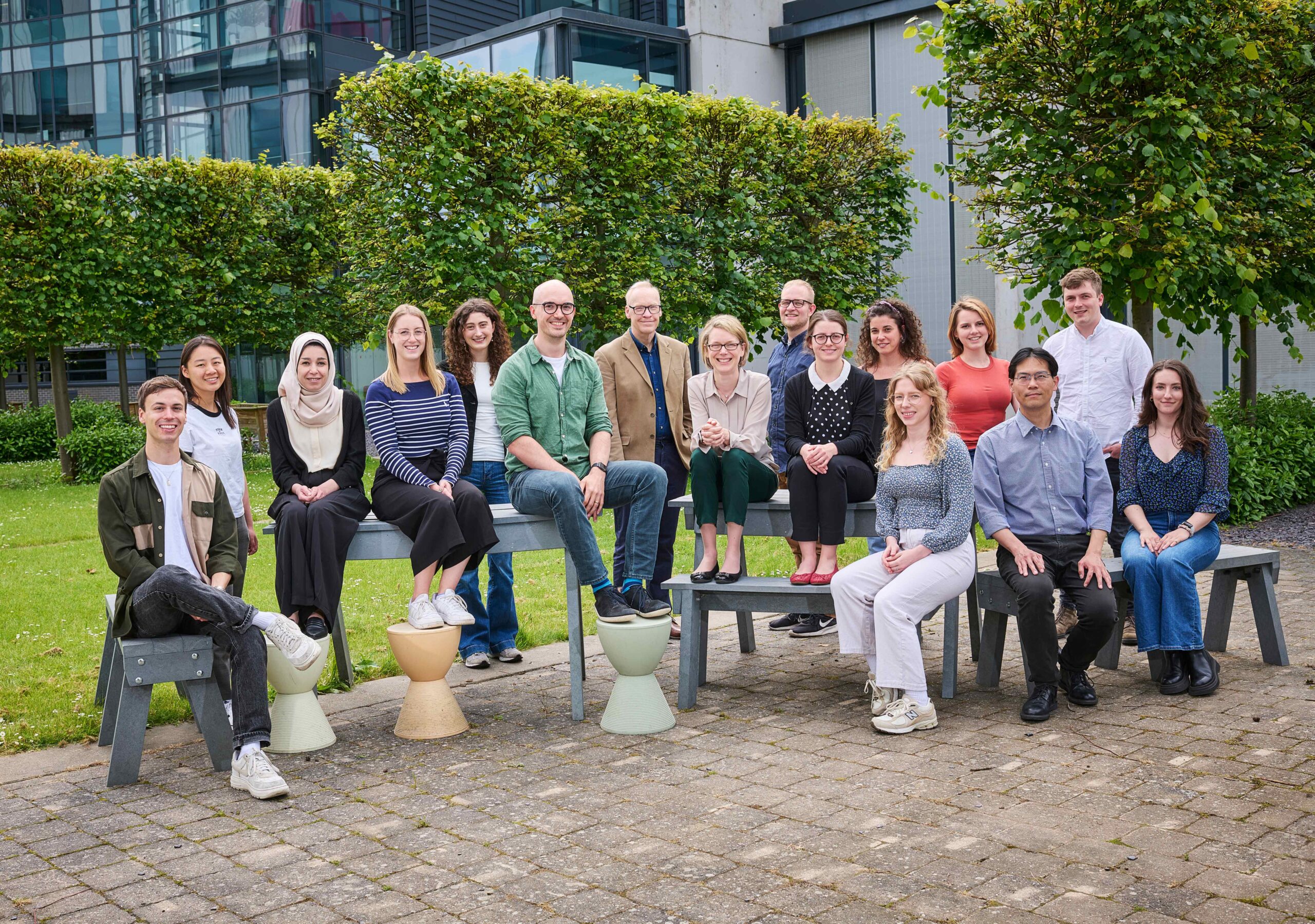
Research summary
Our research focuses on creating advanced optical devices and systems to improve medical imaging. In doing so, we aim to enhance early cancer detection and understand how blood vessel function impacts tumour evolution.
Introduction
Our core line of research is the creation of innovative optical devices, systems and analysis methods.
We are motivated to answer biomedical research questions, such as understanding how vascular function impacts tumour evolution, and address unmet clinical needs, such as reducing the miss rate for early cancer in endoscopy.

Professor Sarah Bohndiek
Senior Group Leader
Research areas
Group Members
-

Chuck Wang
Research Associate
-

Paul Sweeney
Senior Research Associate
-

Janek Grohl
Temporary Staff
-

Ellie Bunce
Postgraduate Student
-

Isabelle Racicot
Research Associate
-

Katie-Lou White
Postgraduate Student
-

Ran Tao
Postgraduate Student
-

Stephen Mead
-

Lorna Wright
Scientific Associate
-

Mariam-Eleni Oraiopoulou
Senior Research Associate
-
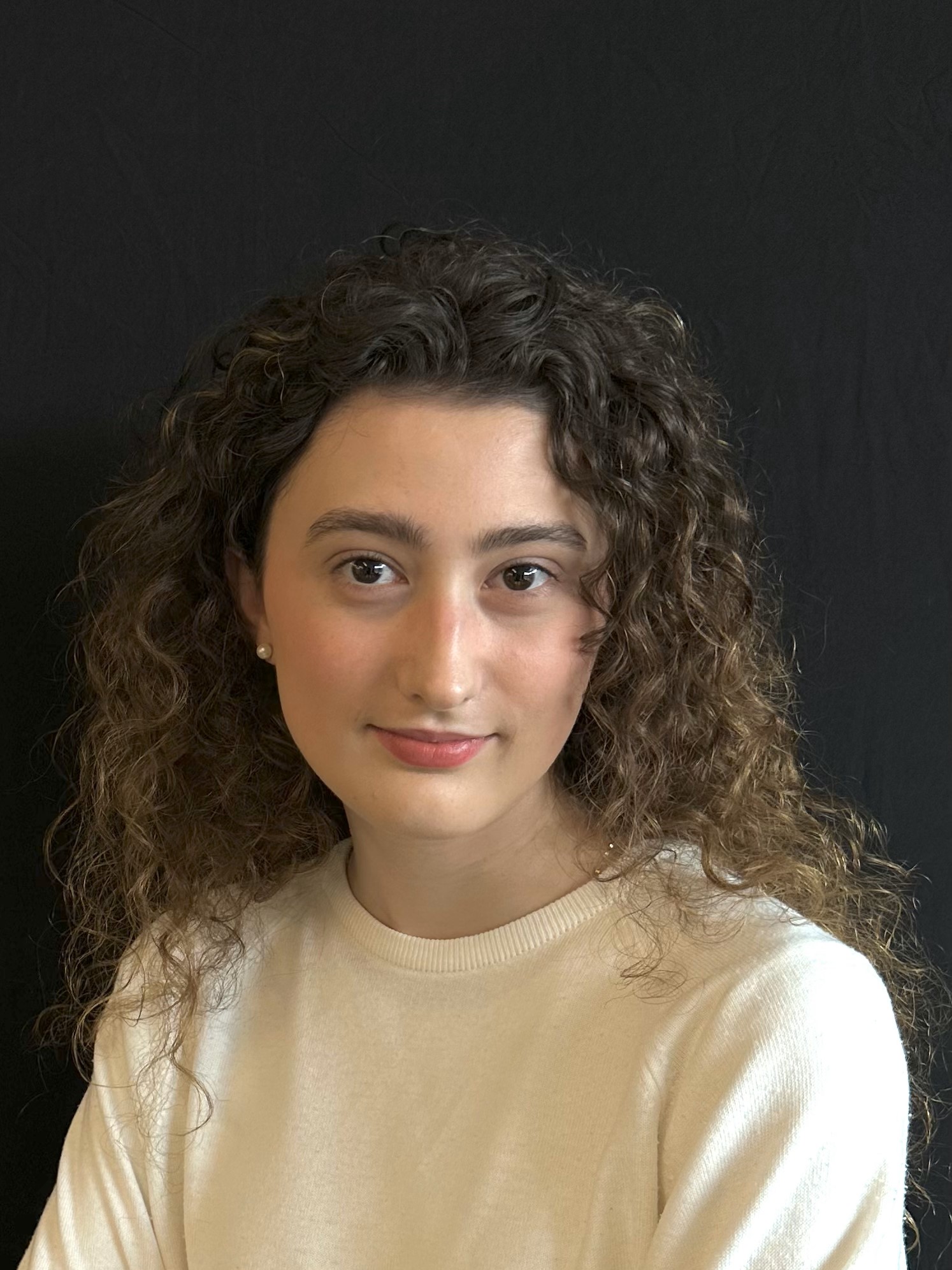
Melissa Watt
Postgraduate Student
-

Molly Bridger
Research Administrator
-

Monika Golinska
Senior Scientific Associate
-
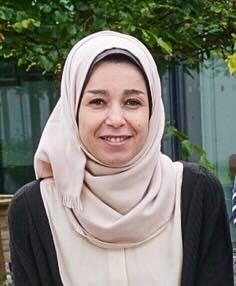
Sabrina Bentouati
Research Assistant
-

Seema Bachoo
Postgraduate Student
-

Thierry Lefebvre
Postgraduate Student
-

Thomas Else
Research Associate
Related News
See all news-

Prof Sarah Bohndiek appointed as a Founding Programme Director of ARIA
11th September 2023
Prof Sarah Bohndiek will be working with the Advanced Research and Invention Agency (ARIA), governmental research and development funding agency.
Find out more -
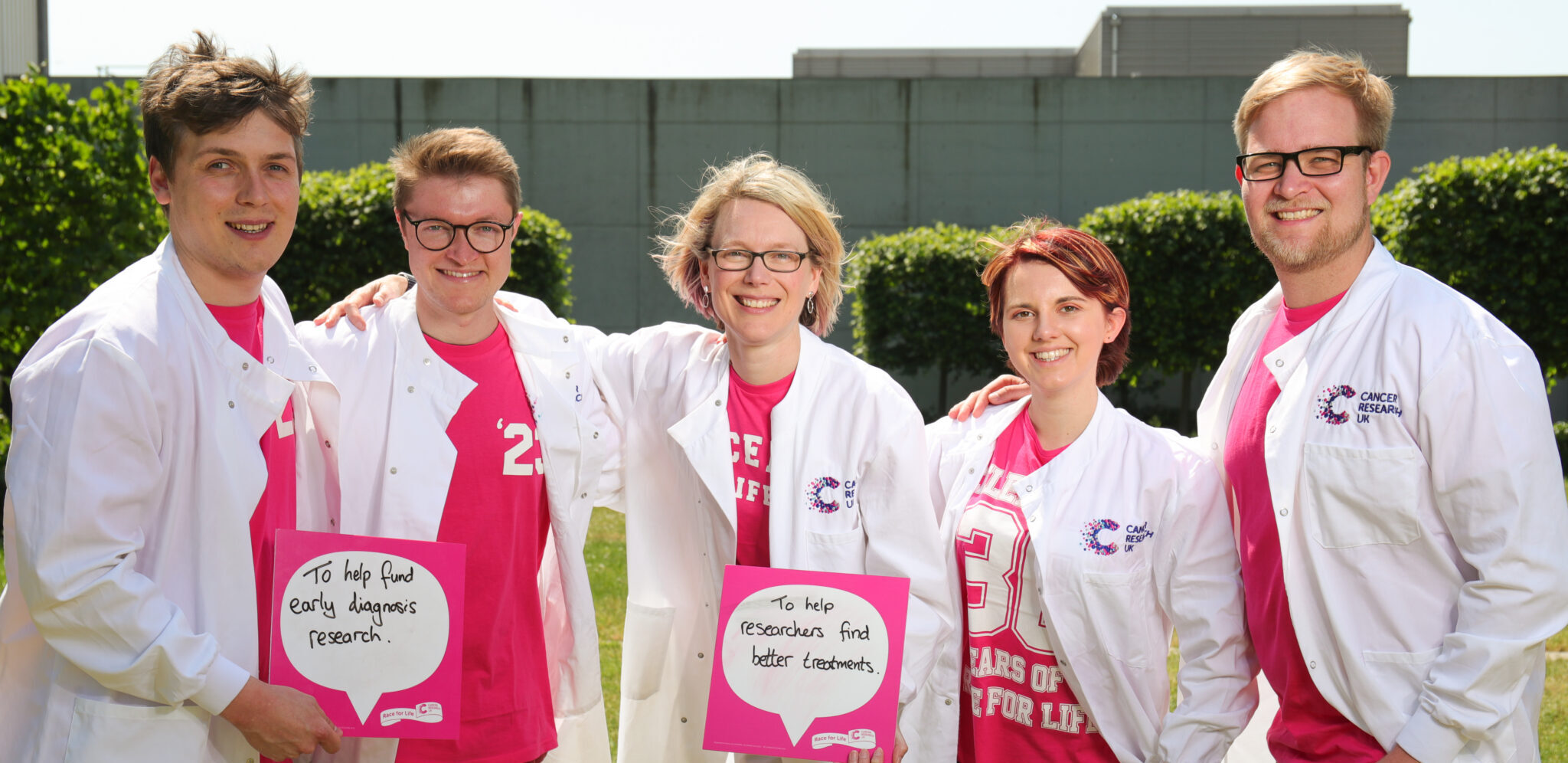
Bohndiek Group to Race for Life
15th June 2023
The Bohndiek Group will be racing alongside Cancer Research UK supporters at this year’s Race for Life 10k at Jesus Green.
Find out more -

Lina Hacker awarded Postgraduate Student Thesis Prize
19th October 2022
The Prize is awarded each year to an exceptional postgraduate student who has completed an outstanding piece of work during their studies.
Find out more
Publications
The in vitro dynamics of pseudo-vascular network formation.
Unsupervised Segmentation of 3D Microvascular Photoacoustic Images Using Deep Generative Learning.
Tutorial on phantoms for photoacoustic imaging applications.
Raman micro-spectroscopy reveals the spatial distribution of fumarate in cells and tissues
Laboratory Efficiency Assessment Framework (LEAF)
The Bohndiek Group contributed to the Institute’s LEAF Silver accreditation, see the Sustainability webpage for more information.

